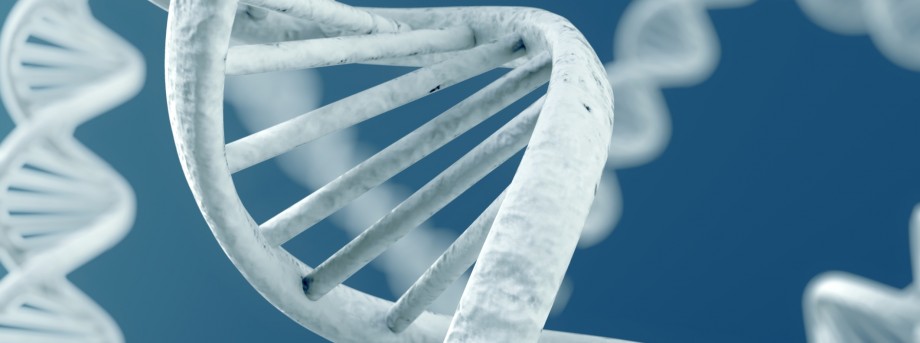The University of Nottingham
 Exchange online
Exchange online
Research Exchange
Major advance in understanding genome reproduction

Studies of cell biology have provided new insight into how chromosome integrity is threatened each time a cell grows and divides.
Dr Christian Rudolph, now at the School of Health Sciences and Social Care at Brunel University, London, and Professor Robert Lloyd FRS at The University of Nottingham’s Centre for Genetics and Genomics, discovered that one major threat comes from the cell’s own machinery for duplicating chromosomes prior to cell division.
The research, which is funded by the Medical Research Council, the Leverhulme Trust and the Biotechnology and Biological Sciences Research Council and is published today Sunday 28 July 2013 in the journal Nature, also identified some of the control measures that keep this threat at bay.
For each cycle of growth and division, millions of DNA base pairs have to be unwound and copied to duplicate chromosomes. Restricting the initiation of this replication to specific chromosome sites called origins is thought to be key to the orderly progression of subsequent events.
The two strands of the DNA double helix are locally unwound at these origins, opening a branch point at which an array of proteins are then assembled to form what is called a replication fork. Each fork motors along the DNA, unwinding and copying each strand as it proceeds until it meets the end of a chromosome or, more often, collides with another fork coming the other way.
It was generally assumed that the forks simply stop and dissociate at this stage enabling the cell to put the finishing touches to the copied DNA. However, from the new research it now appears that fork collisions often create new branch points in the DNA.
These branch points mimic features of unwound replication origins and thus have the potential to trigger assembly of new forks that proceed to re-replicate the already replicated DNA.
Dr Rudolph said: “We found that in the bacterium Escherichia coli this re-replication is normally limited by the combined actions of RecG protein and enzymes that digest single-stranded DNA.
“Working together, these factors are capable of eliminating the new DNA branches before they can establish forks. When one or other of these factors is missing, replication initiates with high frequency wherever forks collide; when all are eliminated, the cells die, demonstrating that the failure to bring replication to a timely end can have catastrophic consequences.”
Professor Lloyd said: “My research group had been studying RecG for more than 20 years and we had already identified RecG as an important player in genome maintenance. But this new discovery, which emerged from studies conducted initially by Dr Rudolph while at Nottingham and now continued at Brunel, came as a surprise. It raises questions about what happens in other organisms.”
In humans, cells initiate replication at hundreds of initiation sites, leading to hundreds of fork collisions with every cycle of cell division. It will now be important to investigate whether fork collisions have similar potential consequences for these cells and if so to find out what factors keep such events at bay.
“After all,” said Professor Lloyd, “mistakes made during the process of chromosome replication often trigger genetic instability, a well-recognised hallmark of cancer.”
After publication the research paper can be found at: http://dx.doi.org/10.1038/nature12312
Leave a Reply
Other

Top prize for quantum physicist
A University of Nottingham physicist has won a prestigious medal from the Institute of Physics for […]

Zero carbon HOUSE designed and built by students comes home
Design and construct a low cost, zero carbon, family starter home, transport it to Spain, build […]